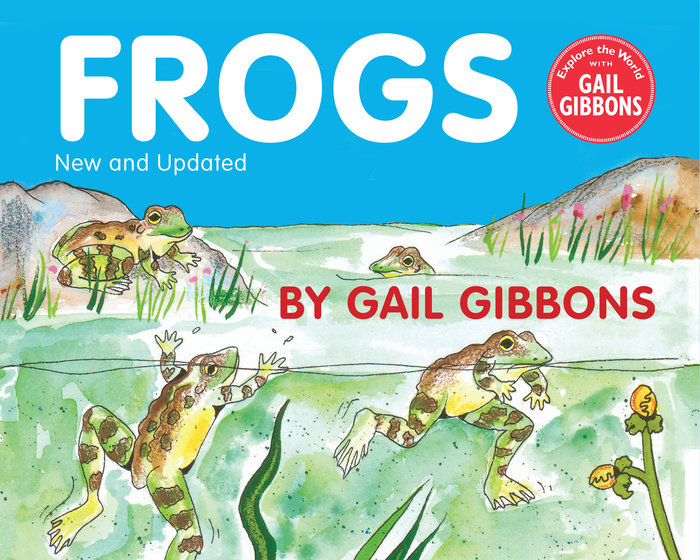2018 School Spending Survey Report
 Gr 1-3–Readers learn about the life cycle of frogs in this new and updated edition of the 1993 title. Before the title page, text proclaims: “It is springtime at a pond.” A colorful illustration with a smaller insert provides a closer look at the pond from which frogs will emerge. The narrative then proceeds to follow the development of a frog from egg to adult, showing the various changes after one week, one month, two months, and three months. The presentation of information is a standout, and the style is descriptive and engaging. The text describes a frog’s beginnings: “A jellylike cluster of eggs floats among the waterweeds at the pond’s surface. These eggs are the beginning of...FROGS.” Gibbons’s enthusiasm for frogs shines. At the end of the book, readers are told that it’s “fun” to learn about frogs and that they can become a “frog expert, too!” There is also a strong, supportive relationship between the words and the illustrations. When new vocabulary is introduced, it’s accompanied by a labeled diagram and then used in the text on that page. However, youngsters are encouraged to make discoveries for themselves. Side-by-side labeled illustrations of a frog and a toad have the title “The Difference Between a Frog and a Toad,” but it is up to readers to spot those differences. That’s engaging!
Gr 1-3–Readers learn about the life cycle of frogs in this new and updated edition of the 1993 title. Before the title page, text proclaims: “It is springtime at a pond.” A colorful illustration with a smaller insert provides a closer look at the pond from which frogs will emerge. The narrative then proceeds to follow the development of a frog from egg to adult, showing the various changes after one week, one month, two months, and three months. The presentation of information is a standout, and the style is descriptive and engaging. The text describes a frog’s beginnings: “A jellylike cluster of eggs floats among the waterweeds at the pond’s surface. These eggs are the beginning of...FROGS.” Gibbons’s enthusiasm for frogs shines. At the end of the book, readers are told that it’s “fun” to learn about frogs and that they can become a “frog expert, too!” There is also a strong, supportive relationship between the words and the illustrations. When new vocabulary is introduced, it’s accompanied by a labeled diagram and then used in the text on that page. However, youngsters are encouraged to make discoveries for themselves. Side-by-side labeled illustrations of a frog and a toad have the title “The Difference Between a Frog and a Toad,” but it is up to readers to spot those differences. That’s engaging!
VERDICT A welcome addition to animal study units, for read-alouds, and for enjoyment and learning. Truly a winner.
ALREADY A SUBSCRIBER? LOG IN
We are currently offering this content for free. Sign up now to activate your personal profile, where you can save articles for future viewing





Be the first reader to comment.
Comment Policy:
Comment should not be empty !!!